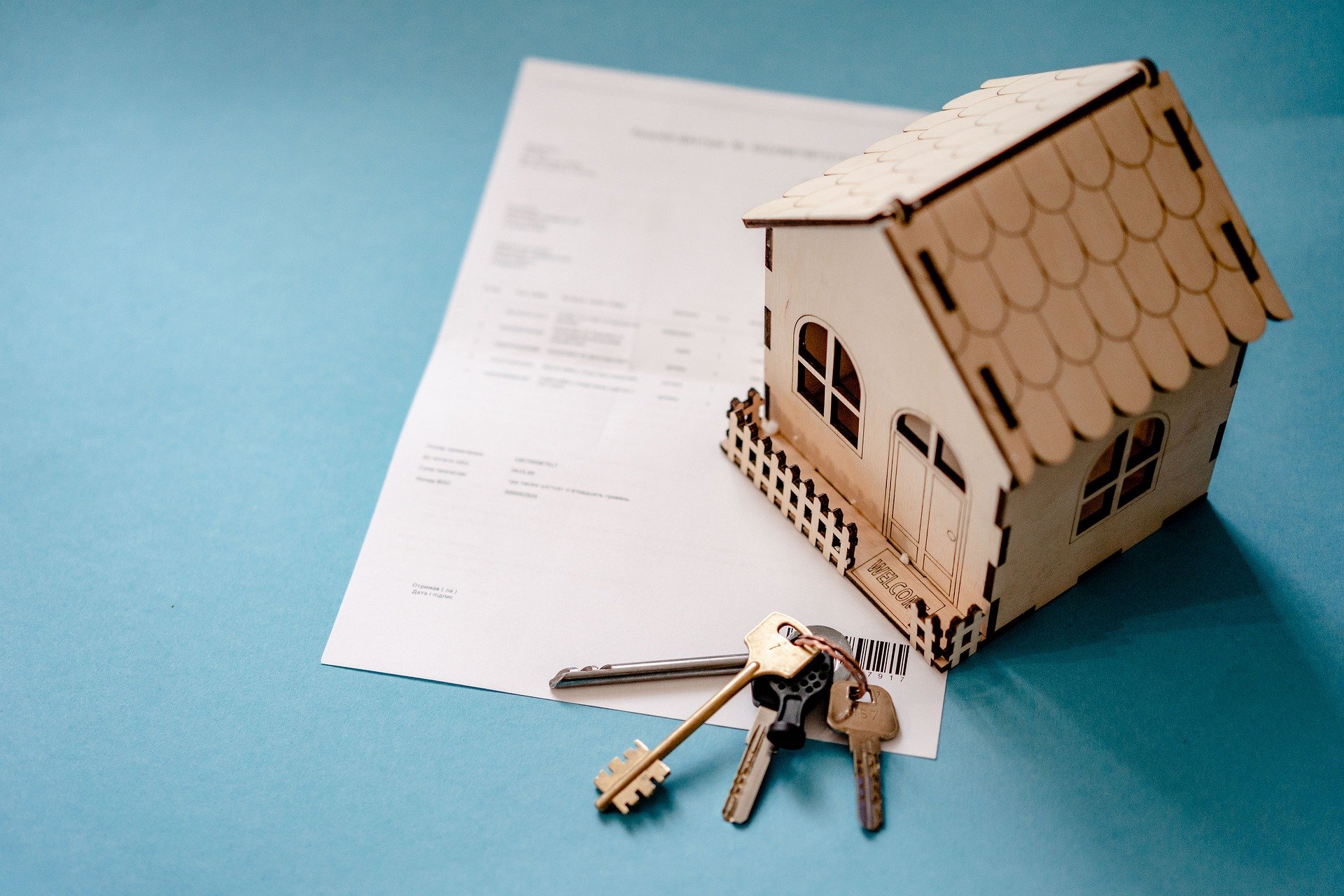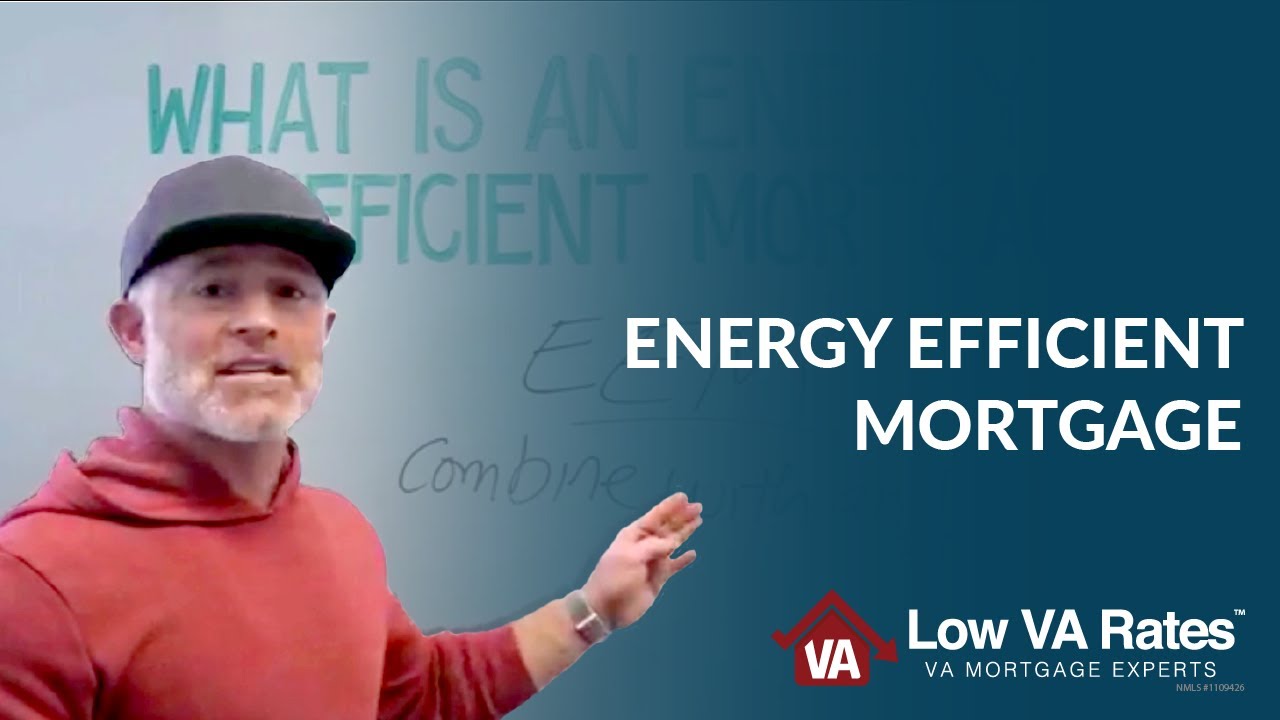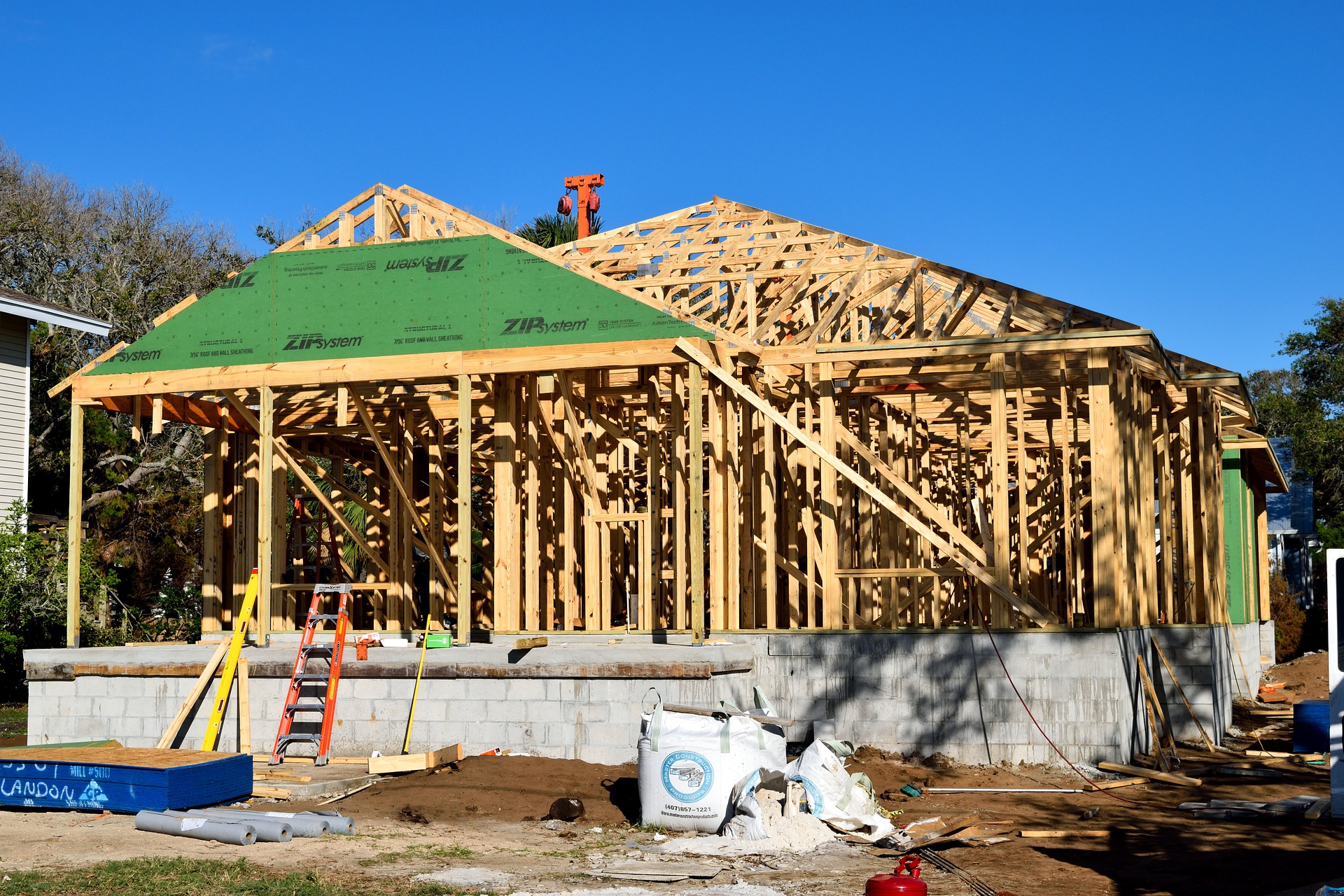Energy Efficient Mortgage - Helping Families To Save Money On Their Utility Bills
By providing customers with a better rate or additional borrowing capacity to purchase an energy efficient home or to pay for new energy upgrades, energy efficient mortgage promotes energy efficiency. Most of the time, local and state governments participate in an energy efficient mortgage program through interest rate buy-downs and loan loss reserves, which are both ways to improve credit.
Author:Habiba AshtonReviewer:Gordon DickersonAug 04, 202319.4K Shares431.1K Views

By providing customers with a better rate or additional borrowing capacity to purchase an energy-efficient home or to pay for new energy upgrades, an energy-efficient mortgageor EEM promotes energy efficiency. Most of the time, local and state governments participate in an energy-efficient mortgage program through interest rate buy-downs and loan loss reserves, which are both ways to improve credit.
Energy-efficient mortgages allow homeowners to include the cost of efficient energy-saving upgrades in their mortgage payments. The mortgage payment schedule may range from 15 to 30 years, allowing you to spread the initial investment in the energy efficiency upgrade. Homeowners can get an energy-efficient mortgage when they buy a home or refinance it.
New mortgages intended to contain extensive energy upgrades are encouraged through energy-efficient mortgage products, which may be used for financing or refinancing. Due to the complexity of the home-buying process, energy-efficient mortgages must be easy to use and quick to process.
What Is An Energy-efficient Mortgage?
An energy-efficient mortgage is a loan for buying or refinancing a house that satisfies energy-efficiency regulations or upgrades a home's energy efficiency. Like other mortgages, the residence is collateral.
An energy-efficient mortgage may be used by borrowers to acquire or refinance a house that is already energy efficient or to fund energy-efficient modifications to an existing home.
An energy-efficient mortgage considers the cost savings that occur to the homeowner as a consequence of decreased utility costs. The lender uses utility savings to give better financing conditions to the borrower, such as a better debt-to-income ratio that allows the borrower to qualify for a higher loan amount and a better, more energy-efficient house.
Before financing is granted, a borrower must have a home energy rater or certified expert perform an energy-efficient mortgage. This evaluation permits the lender to that the house is energy efficient or will be when modifications are made. It also provides the lender with the expected monthly energy savings and the value of the energy efficiency measures, called the Energy Savings Value.

What is an energy efficient mortgage?
How Energy-Efficient Mortgage Works
Depending on the kind of EEM, you may borrow up to fifteen percent of your home's assessed value to perform energy-efficiency upgrades. This is in addition to any other mortgages you may have, such as a conventional or renovation loan.
Mortgage companies evaluate applicants for EEMs based on the amount of money they expect to save on monthly utility bills due to purchasing or refinancing an energy-efficient house or making other energy-efficient improvements to their current residence.
An energy audit will give you a good idea of how much money you may save, which could increase the size of the loan you're eligible for by making it possible to put more toward your monthly house payment.
Lender-permitted renovations may save you money, but you can't be paid using EEM funds; they can only be used to pay professionals or for supplies. After the loan closes, you will have a certain amount of time (usually three to six months) to hire contractors and finish renovating.
Soon after you complete the renovations, your lender will send someone to check the property to ensure that the energy efficiency has improved. If everything is in order, the lender will release the money to you.
Energy-Efficient Mortgage Programs Types
VA Energy Efficient Mortgage
VA loans are eligible for energy efficiency incentives as well. Aside from the VA loan for a purchase or refinancing, they are also available to qualifying military service members, veterans, and surviving spouses and give up to $6,000. Getting more than $6,000 with a VA EEM is possible, but it's not recommended since you'll require VA and lender permission.
No energy assessment is required if the estimated cost to implement the upgrades is less than $3,000. However, you will still need to obtain quotations from licensed contractors. As with all EEMs, the expected savings from the efficiency upgrades must be more than the costs. Improvements that a VA EEM requires must be made within six months of the loan closing.
FHA Energy-Efficient Mortgage
The FHA EEM is one of the many FHA-insured mortgages; it is available with either a fixed or adjustable interest rate and a duration of 15 or 30 years. You need to meet the FHA loan requirements for the purchase or refinancing to qualify for an FHA EEM, and there are no additional requirements for the money that will go toward energy-efficiency upgrades.
Putting down at least 3.5% of the purchase price is a common requirement when purchasing a property. When applying for an FHA EEM, the changes you undertake must be "cost-effective," meaning their upfront costs cannot be more than the cumulative energy savings they'll provide.
For this reason, the FHA limits the amount of money you may borrow for such projects to the lower of the two amounts, including improvement costs, which are determined by an energy audit; or loan-to-value ratios cannot exceed the lower of either (150% of the conforming loan limit or 115% of the region's median price for a single-family house).
Conventional Energy-efficient Mortgage
Traditional mortgage lending programs also provide options for borrowers purchasing energy-efficient homes. You may get a mortgage for a greenhouse or refinance an existing one via Fannie Mae's HomeStyle® Energy Mortgage or Freddie Mac's GreenCHOICE Mortgage® programs.
You may finance home improvements like solar or geothermal installations with a HomeStyle® Energy mortgage. The HomeStyle ® Renovation and HomeReady ® programs may be used in tandem with this one.
A traditional EEM functions similarly to a conventional loan, with identical stipulations such as a minimum down payment of 3% and a debt-to-income (DTI) ratio of no more than 45%. Its term length, interest rate, and other features are all flexible.
People Also Ask
What Type Of Loan Is Insured By FHA?
Lenders' funds are safeguarded by the Federal Housing Administration's mortgage insurance. In the event of a mortgage default, we will settle a claim with the lender for the outstanding amount of the loan. Lenders can provide more mortgages to purchasers because they are exposed to less risk.
What Does EEM Stand For In Real Estate?
EEM stands for energy efficient mortgage in real estate.
What Is The EEM Program?
Through its EEM program, the Federal Housing Administration (FHA) insures loans for purchasing or refinancing primary property and installing energy-saving measures. Only the loan amount utilized to buy or refinance the house has to be approved.
Final Words
New mortgages intended to contain extensive energy upgrades are encouraged through energy-efficient mortgage products, which may be used for financing or refinancing. Due to the complexity of the home-buying process, the EEMs must be easy to use and quick to process.

Habiba Ashton
Author

Gordon Dickerson
Reviewer
Latest Articles
Popular Articles
